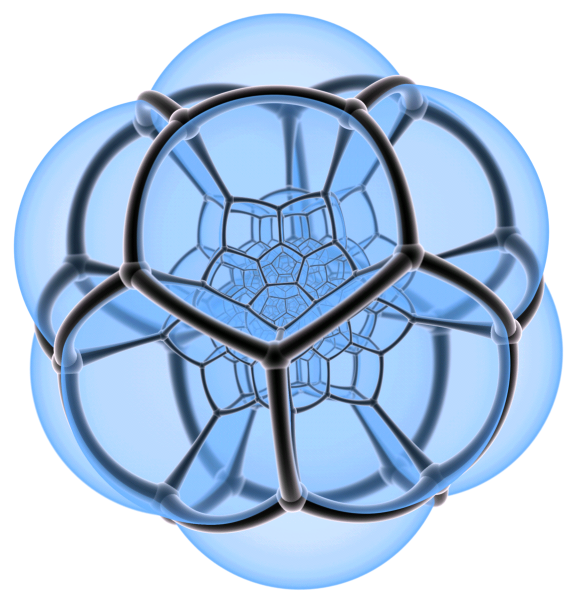|
If you just want to use Jenn, download one of these, unzip, and run.
Note:
I have been unable to get libpng capturing to work under Cygwin (so disable HAVE_PNG in the makefile).
I would appreciate any tips if you get this working.
Note:
You may need libpng in Mac OS X to save images.
Ethan Tira-Thompson has an OS X port of libpng here.
If you want to compile Jenn yourself, here's the source:
Instructions for compiling:
1. extract and unzip, e.g.
2. edit makefile: specify the target type
3. make
4. run jenn or jenn.exe
#here's an example:
> tar -xzf jenn.2006_07_28.tgz
> cd jenn3d
> vim makefile #or your favorite editor
#...uncomment your compile type...
> make
> ./jenn
|
You may also need to install the Glut and (optionally) the libpng libraries.
Users of Debian-based systems such as Ubuntu or Mac+Fink can get this with
> sudo apt-get install glut
> sudo apt-get install libpng #or libpng3 on for Macs
|
Gentoo users can simply
Windows+Cygwin users will need glut32.dll.
Nick Jordan reports:
On a Debian system to get the src dependencies for jenn3d you do:
> sudo apt-get install freeglut3-dev
> sudo apt-get install libpng-dev
|
as opposed to doing:
> sudo apt-get install glut
> sudo apt-get install libpng
|
On an amd64 machine, I needed to remove the "-malign-double" flag, before it would compile,
I suppose because a double isn't really a double on 64 bit.
|



